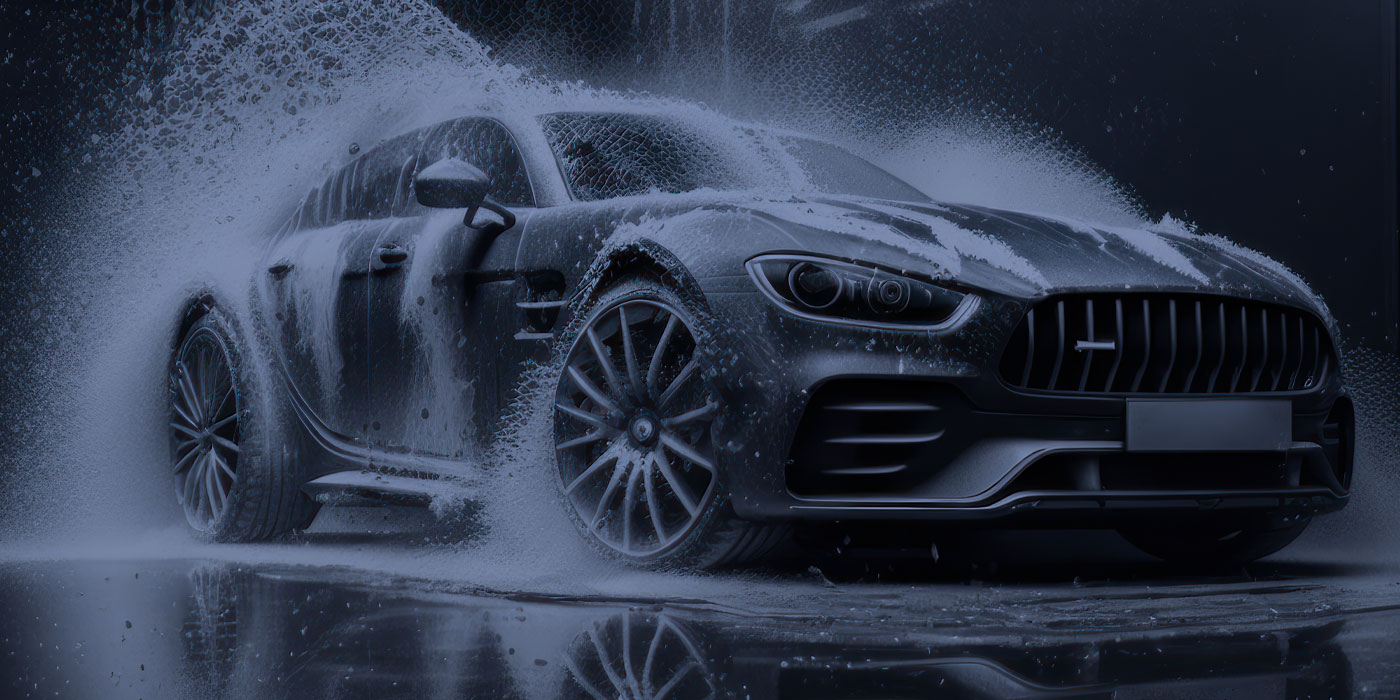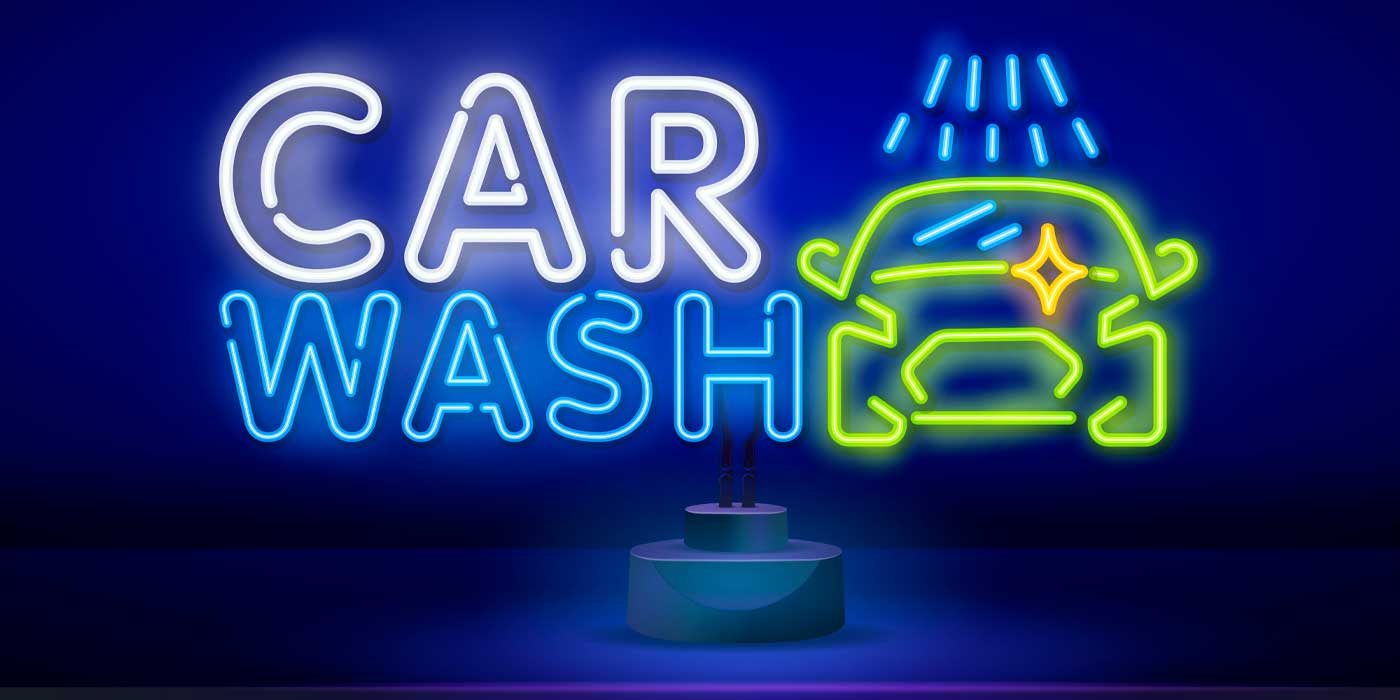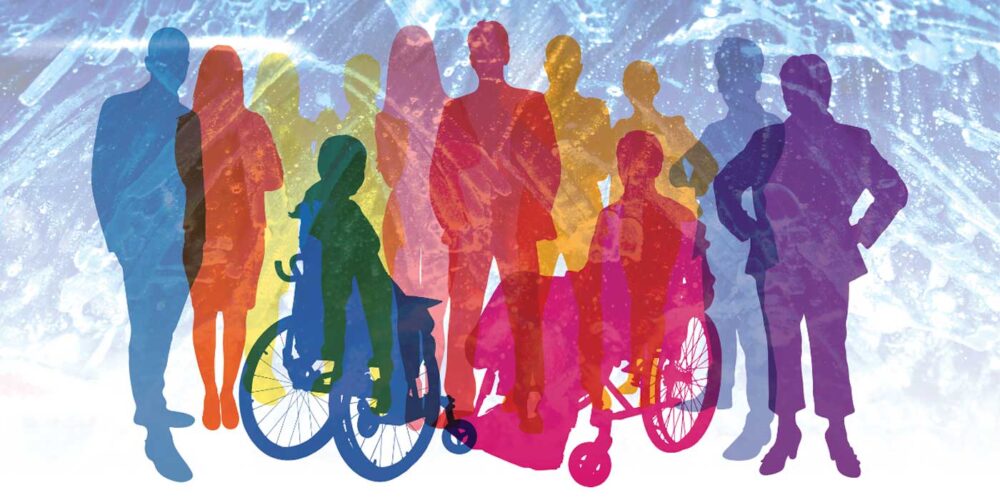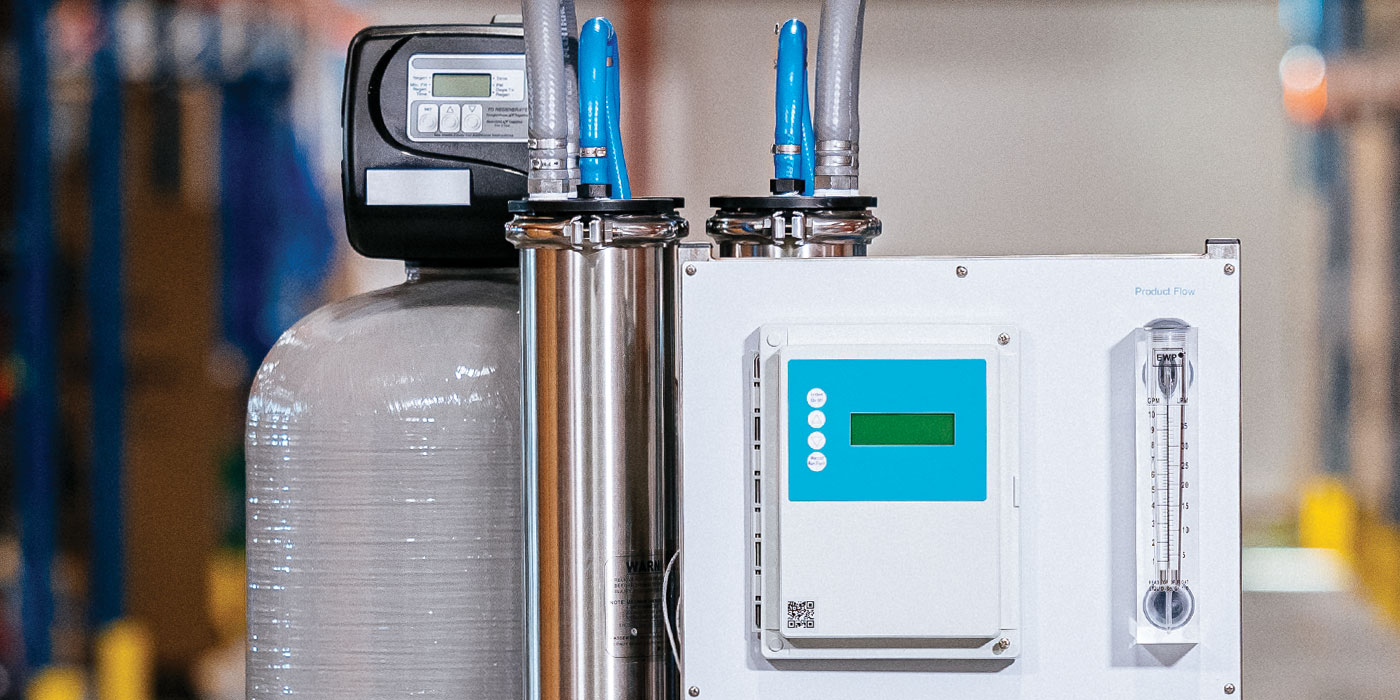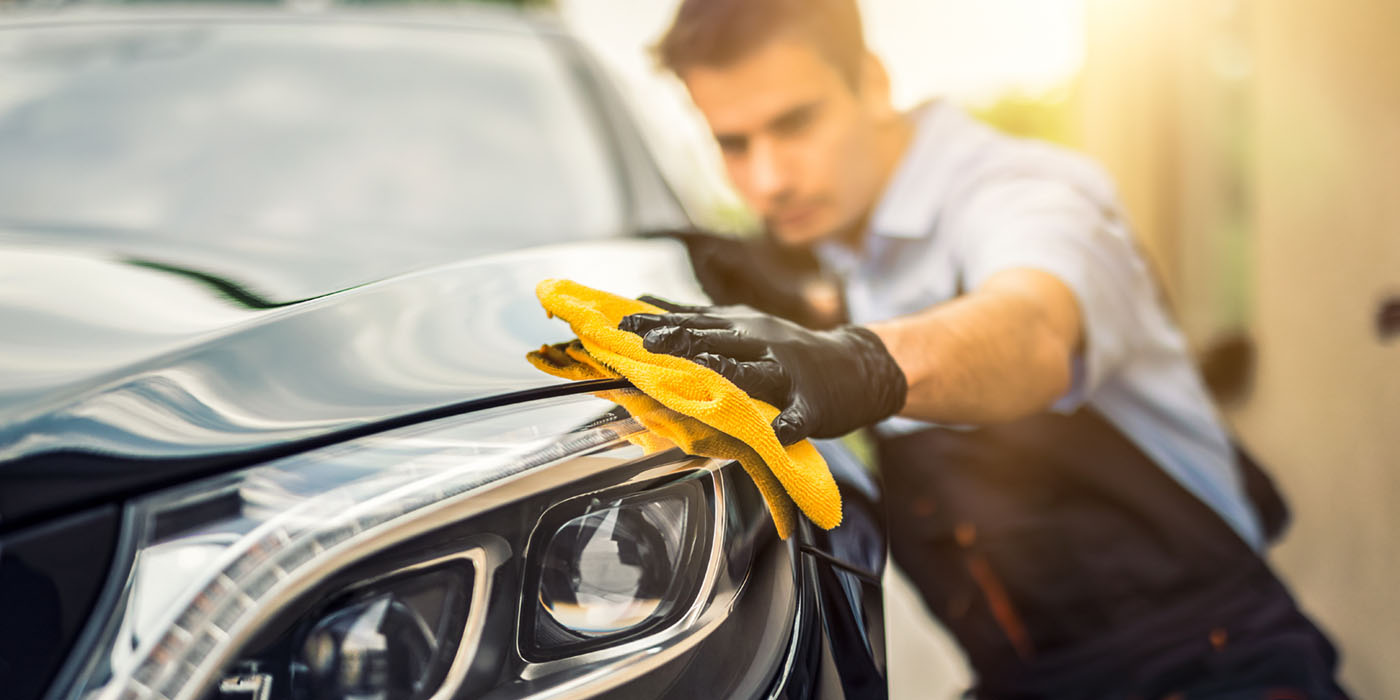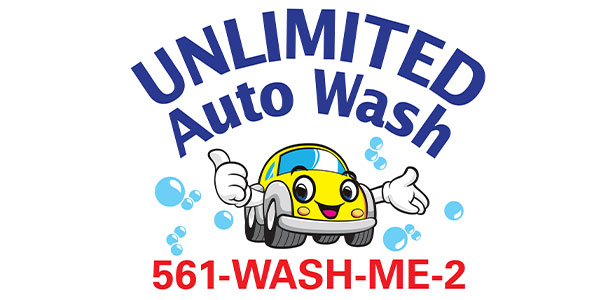In many carwash markets across the country, and even across the world, water reclamation is becoming a requirement to do business. Whether expressly noted through regulation, or implied by legislators through the lengthy approval process, many would-be carwash operators are finding that water reclamation is a necessity of setting up shop.
New operators aren’t the only ones concerned by this trend; even existing carwash owners are discovering the importance of showing how they can conserve and reuse water at their sites.
What’s the point?
This movement towards eco-friendly practices is not unique to the carwash industry. Open a newspaper today and you are bound to happen upon one story or another pointing out some company voluntarily “going green.” Many companies realize today the benefit of environmentally-sound practices from a public relations standpoint. This wasn’t always the case. I recall a time when an operator wouldn’t write me a letter of recommendation because he didn’t want the public to know he reclaimed and reused water on site.
But the real question is not the marketing value of reclaiming water, but rather, analyzing the financial benefit. As an operator considering the advantage of reclaim, you should ask yourself several questions, starting with:
- How much money can I save through water reclamation?
- At which stages of the water can I reclaim and reuse water?
- And finally, if they’re not going make me do it, why should I?
A study in Minnesota
The answer to that last question is not obvious to most operators. As a distributor of carwash equipment in Minnesota, I myself have changed my own opinion to this question very recently. In the past, my answer to this question was always, if the city doesn’t make you put one in, don’t do it. However, improvements in odor control equipment have eliminated many of the complaints associated with reclaim, and after completing a cost justification analysis for a recent site, I’ve now changed my mind. Let me explain why.
In Minnesota, water is not expensive. We live in the Land of 10,000 Lakes and water here is not in short supply. Sewer discharge is a far more serious issue. We have all this nice, fresh water, but how do we protect this resource?
In the Twin Cities area, this is partly the job of the Met Council. The Met Council governs infrastructure in the seven county metro area and is in charge of setting water and sewer access charges, more commonly known as SAC/WAC fees. This is a one-time, out-of-pocket expense that is charged for any new hook-up to water and sewer, and to a carwash operator, this expense can be enormous.
Met Council SAC/WAC fees also apply to older carwashes that existed before SAC/WAC was implemented, and this fee must be paid before a building permit will be issued for renovations or remodeling. Many parts of the country have now followed Minnesota’s lead and have begun issuing tremendous SAC/WAC to carwashes.
On top of the Met Council fees, individual municipalities are permitted to tack on additional SAC/WAC. I know of one operator who encountered SAC/WAC charges approaching $230,000! This municipality clearly did not recognize the benefits of a professional carwash to their community.
A real cost/benefit analysis
The benefits of water reclamation to that operator are obvious, because adding reclamation to that site could reduce their SAC/WAC charges by 50 percent or more. That savings immediately pays for the reclaim system up front …but what if you’re not facing SAC/WAC? Should you just forget about reclaim?
My answer used to be “Yes,” until I recently completed a water usage analysis for a higher volume site in greater Minnesota. I will use that example to show how quickly water reclamation can pay for itself.
To do a cost/benefit analysis on water reclamation you will need to know the following:
- How much money does my water cost? You will need to call your municipality and get per-unit costs for both water and sewer. In most cities, sewer consumption is based on water consumption, but billed as a separate line item. Get per-unit costs on both. The city will measure water in cubic feet, which is equivalent to 7.5 gallons. A unit of water is 100 cubic feet, or 750 gallons. In my scenario, a unit of water costs $3.01 for water and $2.98 for sewer, for a total of $5.99 per unit. This works out to roughly $.008 per gallon.
- How much water, on average, does it take to wash a car? In this situation, the equipment manufacturer has created a detailed spreadsheet of their equipment that breaks down the water and electrical needs of every piece of equipment, and additionally provides space where the distributor can add in the water requirements of any support equipment manufactured by others. This type of information is crucial to your analysis. Also, if you are a tunnel operator, be aware that your water consumption per car will change with your chain speed. The slower your chain speed, the more water you will use per car. Also, touch-free carwashes use much larger quantities of water per car than friction machines. In this scenario, as a large, friction tunnel, our water consumption was 53.85 gallons per car at a chain speed of 120 cars per hour. This works out to a cost of $.43 per car.
- How many cars per year can I expect to wash? Obviously, there are no hard and fast numbers here, and not many operators are willing to disclose their traffic volume. In the interest of protecting my customer, I will make up a nice round number … we will base this scenario on an average of 200 cars per day.
The equation
With the above figures, we can determine the average water costs per year using all fresh water. The formula is:

In the above scenario, water usage comes to $86.01 daily. If this site is open 358 days per year, the water and sewer bill will come to $30,794 per year. If the site is closed on Sunday, that number drops to $26,321.
Where not to use reclaim
Now we add reclaim to the picture. The first set of questions you must ask yourself is: What pieces of equipment can we realistically use reclaim water on?
I say “realistically” because there are some misconceptions about what reclaim systems are capable of doing. I took a call recently from a customer who was purchasing a tunnel from another distributor. They were already planning on using reclaim, but they were interested in further reducing their fresh water usage from 22 gallons per car down to 11. I told the customer that I didn’t see any way this would be possible, for several reasons. The first reason that came to mind was the spot-free rinse system.
You cannot supply your reverse osmosis (RO) system with reclaim water, as you will immediately foul a $300 RO membrane. Larger RO systems have as many as five or six membranes, so any water saved would be overwhelmingly negated by the constant replacement of these membranes. Most RO systems require at least three gallons of fresh, soft water to manufacture one gallon of permeate, or spot-free rinse water.
The additional water is used to flush the membranes of contaminants. Typically, this discharge water, also known as concentrate, is recovered for other rinse applications rather than dumped down the drain. Since the spot-free rinse application will require approximately 5-10 gallons of RO water per car, your fresh water requirements for that application alone will actually be 15-30 gallons per car.
The other applications of your wash where reclaim water should be avoided would be the drying agent, triple foam, clearcoat protectant, and total body protectant. In addition, if you have a rain arch, the minute particulate matter remaining in your reclaim water will plug it fairly quickly, rendering it useless and difficult to clean. In a nutshell, I would avoid any and all final rinse applications.
So where should you use reclaim?
In a typical friction tunnel situation, you would use reclaim on the prep gun, the underbody sprayers, any high-pressure sprayers, and your friction material, including mitters, top brushes, wraps and rocker panel brushes.
Note that the high pressure application is the largest user of reclaim water. In a touch-free conveyor or rollover, this savings would be enormous. Even in our friction tunnel scenario, we saw the following savings:

What are the savings?
That is a 35 percent savings on the water and sewer bill. Over the course of a year, assuming the site is open for 358 days, the yearly savings would be $10,671. If the reclaim system costs $40,000 installed, the yearly return on this investment exceeds 25 percent. Note that using the actual numbers from the real-life analysis, the yearly return was even better. In this day and age, I would say that’s a pretty good investment.
Joel Wollin is the director of sales and marketing for Reclaim Equipment Company, which is based out of New Prague, MN. He can be reached at[email protected].


